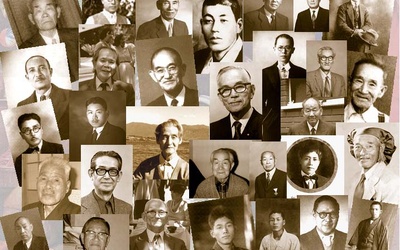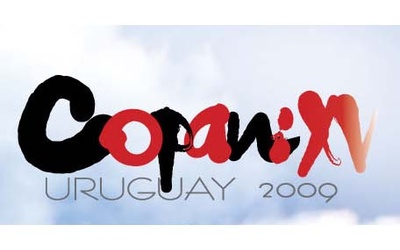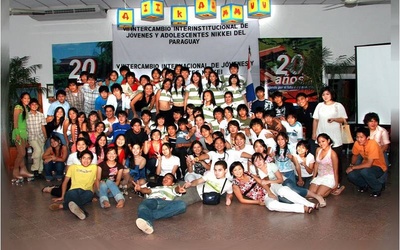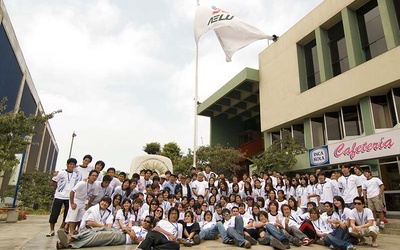Discover Nikkei at COPANI XV - Uruguay 2009
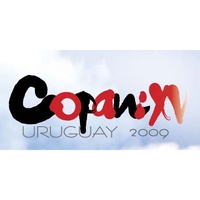
Discover Nikkei hosted two sessions at the COPANI conference in Montevideo, Uruguay held from September 17–19, 2009. The sessions were presented together with several of our Latin American Participating Organizations.
This series presents the topics discussed by the panelists from both sessions, as well as some of the other sessions at the conference.
Stories from this series
Chilean Nikkei Identity
Jan. 12, 2010 • Ariel Takeda
(INITIAL NOTE: Assuming that the information contained in this text is not restricted to a particular group, we ask non-Chilean readers to replace the word “Chilean” with his or her own nationality, while accepting the few historical notes found therein.) ‘Nikkei’ concept apparently became applicable to Chile only after the first decades of the 20th century. It is a given that Japanese presence in our country dates back as early as 1875. The population census of that year registered the …
Transformation of the Nikkei Community in Peru - Part 2
Dec. 29, 2009 • Luis Hirata Mishima
Part 1 >>HOW DID A NIKKEI COME TO GOVERN A COUNTRY?In Peru an extradordinary thing happened. A Nikkei, or should we say a Nisei (a child of Japanese parents), came to occupy the presidency of the country by a majority vote of the population. And even more extraordinary was that such a thing occurred less than fifty years after Peru declared war against Japan. Japanese immigrants always tried to live immersed in the middle of their communities and dedicate themselves …
Transformation of the Nikkei Community in Peru - Part 1
Dec. 22, 2009 • Luis Hirata Mishima
My participation in this workshop, which deals with the transformation of the Nikkei community in Peru, is due to the kind invitation of the Discover Nikkei Program of the Japanese American National Museum in Los Angeles. My presentation is part of the workshop on Japanese Immigration of the XV COPANI. I want to clarify something before I begin, mainly that this presentation was originally going to take place with the participation of Amelia Morimoto, an indefatigable researcher and author of …
Development of the Nikkei Community in Chile
Dec. 17, 2009 • Roberto Hirose
The first Japanese arrived in Chile at the end of the nineteenth century. The development of the Nikkei community, therefore, has evolved for more than 100 years. From the point of view of the Japanese influence in Chile, we can divide the period of Nikkei development into the following stages: • Before 1900: We have no information regarding the arrival of the Japanese• 1900-1950: The Issei period (Meiji-Taisho)• 1950-2000: The Nisei period • 2000 to the present: The Nikkei period Before …
The History of Nikkei Youth Exchange in Paraguay
Nov. 24, 2009 • Misui Patrizia Kurita Oyamada
With financial and moral support from the commission of the Paraguayan Nikkei Center as well as parents, we of the Nikkei Youth Union, started our first exchange. Approximately 100 young people from most of the Nikkei communities in Paraguay participated, including youth from the rural areas of Yguazú and La Colmena and from the cities of Asunción, Encarnación, Ciudad del Este, and Pedro Juan Caballero. Extraordinary and spirited activities took place at a large camp where you could find youth …
The Importance of International Exchange Programs for Nikkei Youth
Nov. 10, 2009 • Gustavo Ytokazu Minami
At the XV COPANI, held September 17-19, 2009, young Pan-American Nikkei had a crucial role – one that will set the guidelines for future COPANI events.1 We fulfilled commitments and proposed common goals among all Pan-American Nikkei youth organizations so as to strengthen our ties and integration through international exchange programs. The common goals agreed upon are the following: the development of individuals to take up leadership roles, the promotion of cultural exchanges, and the creation of friendship and international …

